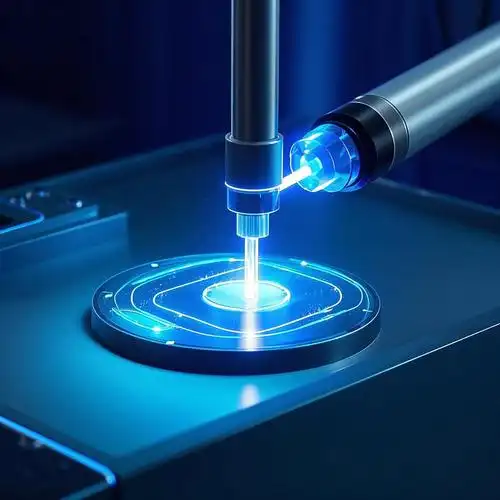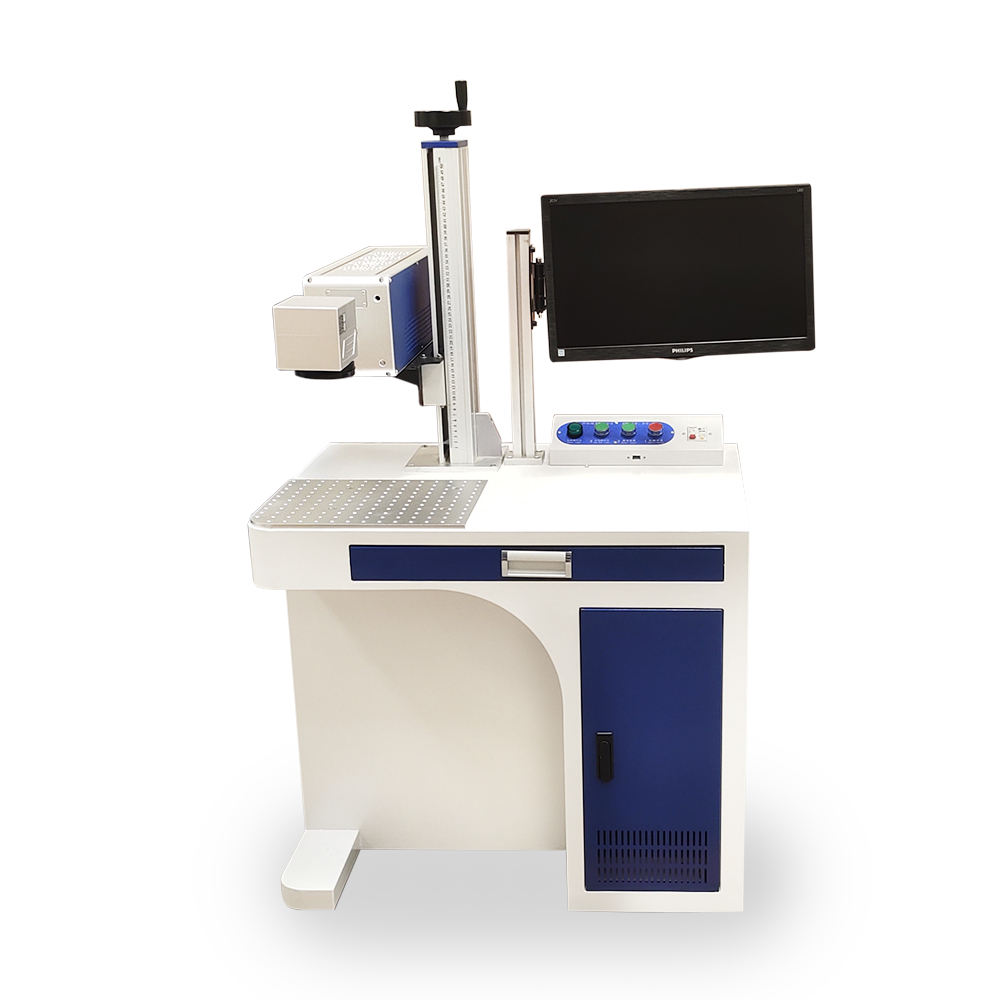Laser technology has become indispensable in modern manufacturing, offering precision, speed, and flexibility across multiple industries. Among the different laser types, CO2 lasers and fiber lasers remain the two most widely used. While both are capable of cutting, engraving, and marking, their performance varies significantly depending on the application. This article takes a closer look at how CO2 and fiber lasers compare, focusing specifically on pipe cutting and marking.
Pipe Cutting: Fiber Laser T

Fiber Laser
akes the Lead
Fiber Laser in Pipe Cutting
Fiber laser technology has transformed the pipe cutting industry. With its shorter wavelength (1.06–1.08 μm), fiber laser energy is absorbed efficiently by metals such as stainless steel, aluminum, copper, and brass. This makes it the preferred solution for industries like automotive, aerospace, and construction, where high precision and speed are critical.
Advantages
High cutting speed, especially for thin- and medium-thickness pipes.
Capable of processing reflective metals that are difficult for CO2 lasers.
Lower operating costs due to higher electro-optical efficiency.
Compatible with automated loading/unloading systems, making it ideal for mass production.
CO2 Laser in Pipe Cutting
CO2 lasers operate at a wavelength of 10.6 μm, which is less efficient on metals. While CO2 pipe cutting machines were common in the past, they are now less favored compared to fiber technology. However, they still hold some value in niche applications:
Advantages
Better edge quality when cutting very thick materials.
Versatile with non-metal materials such as plastics, wood, and composites, making them suitable for hybrid workshops.
Mature technology with decades of process optimization.
Summary: For pure metal pipe cutting, fiber lasers offer better speed, lower costs, and higher flexibility. CO2 lasers are now more relevant where mixed-material cutting is required.
Marking Applications: Different Strengths for Different Needs
Fiber Laser in Marking
Fiber lasers dominate the metal marking industry thanks to their ability to produce permanent, high-contrast, and fine-detail marks. Their wavelength interacts strongly with metals, making them suitable for applications such as electronics, automotive parts, tools, and medical devices.
Advantages
High marking precision at the micron level.
Fast processing speed, suitable for high-volume production.
Long-lasting marks that resist wear, heat, and corrosion.
Maintenance-free operation with a service life of up to 100,000 hours.
CO2 Laser in Marking
CO2 lasers are better absorbed by organic and non-metallic materials. In marking, they are often used for plastics, wood, leather, ceramics, and coated metals. While they are not the best option for bare metal, they can create effective marks on anodized aluminum or painted surfaces.
Advantages
Excellent performance on non-metals and coated materials.
Can produce smooth, aesthetically pleasing surface marks.
Cost-effective for industries dealing with packaging, plastics, and consumer goods.
Summary: Fiber lasers are the clear choice for direct metal marking, offering durability and fine detail. CO2 lasers remain valuable for marking non-metals and coated surfaces.

CO2 Laser Marking Machine
Choosing the Right Laser for Your Industry
If your focus is pipe cutting for metals: A fiber laser pipe cutting machine is the superior choice, delivering efficiency, flexibility, and cost savings.
If your business involves marking metals like stainless steel, aluminum, or brass: A fiber laser marking machine ensures precise, permanent results.
If your production includes plastics, wood, or coated materials: A CO2 laser marking machine may still be the better fit.
Conclusion
Both CO2 lasers and fiber lasers play important roles in modern manufacturing. Fiber lasers dominate in metal pipe cutting and direct metal marking, offering higher efficiency and lower long-term costs. CO2 lasers, however, continue to be relevant in applications involving non-metals, coated surfaces, or very thick materials.
When choosing between the two, manufacturers should consider the type of material, production volume, and required quality. By aligning laser technology with your application, you can achieve optimal performance and maximize return on investment.
 ZS Laser Equipment
ZS Laser Equipment


WhatsApp
Scan the QR Code to start a WhatsApp chat with us.